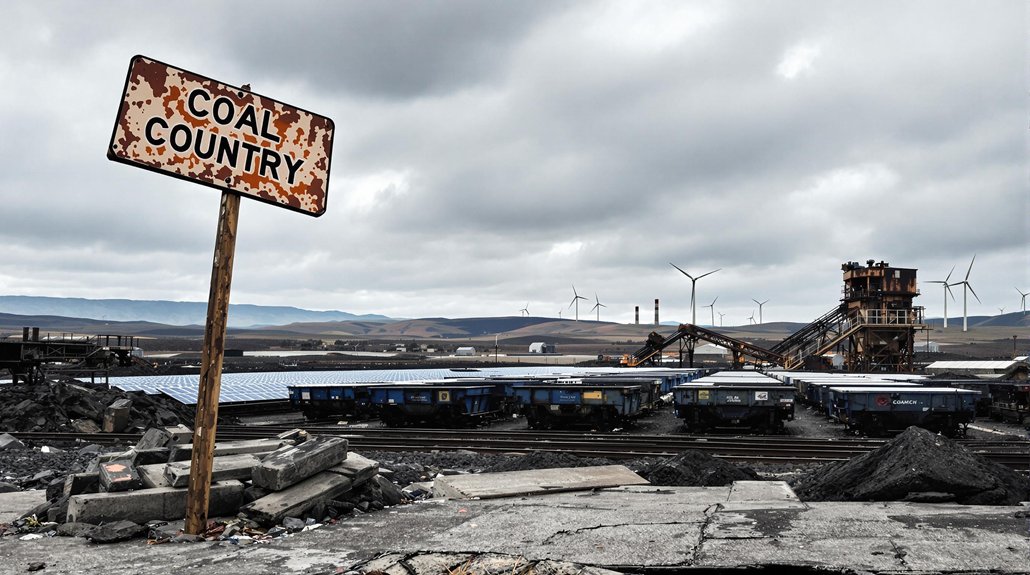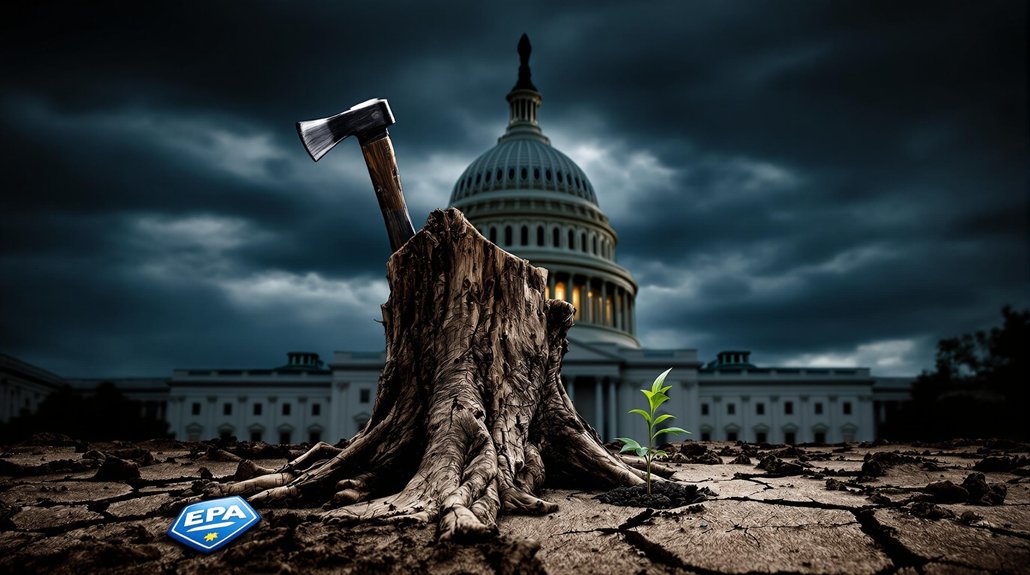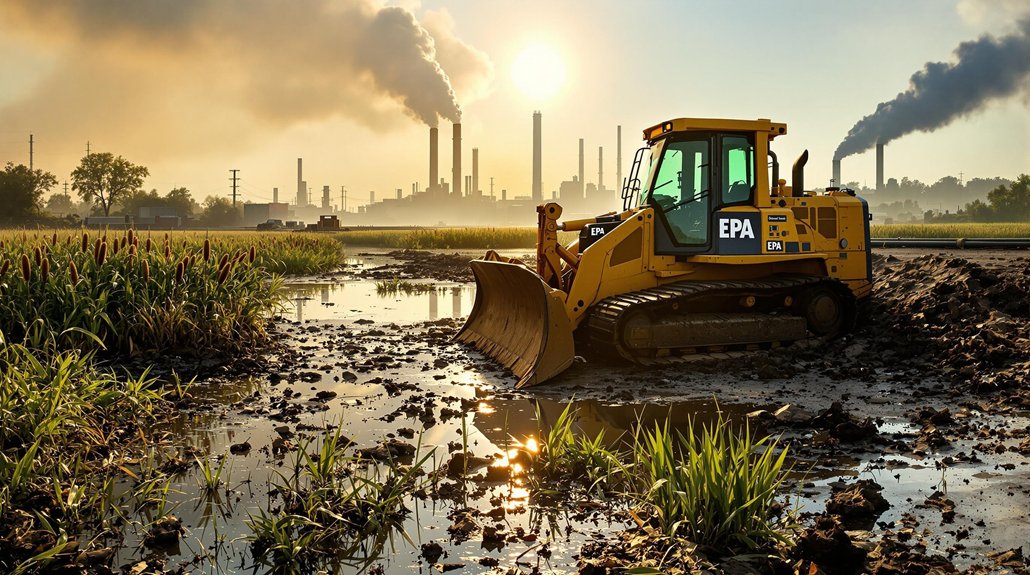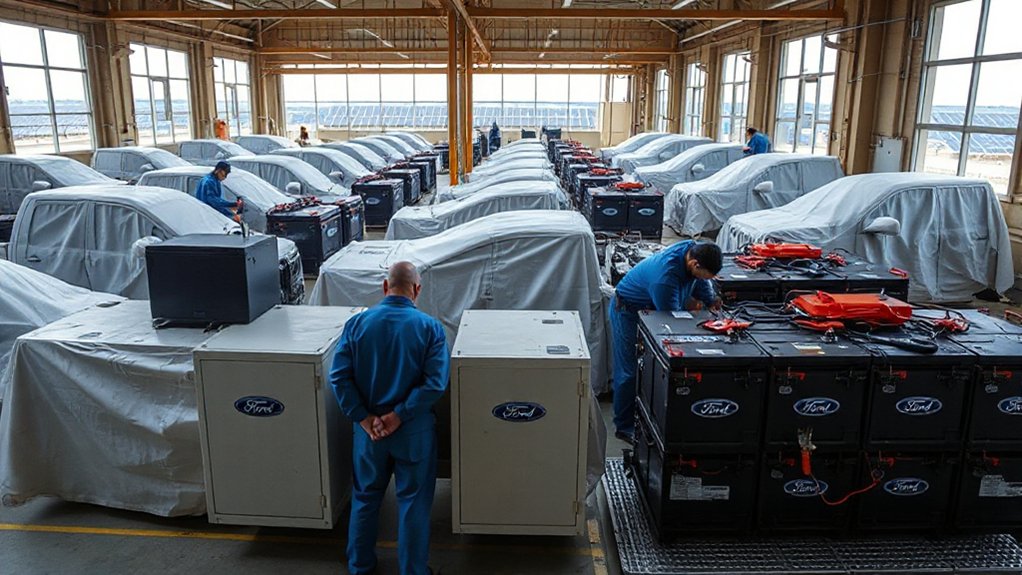Despite Trump’s promises, America’s coal industry continued its dramatic decline. U.S. coal mining jobs fell to 43,582 in 2022, with production dropping 34% during his previous administration. Market forces, including cheap natural gas and railroad deregulation, have made coal less competitive. Environmental regulations and global trends further accelerated closures and bankruptcies. The industry’s future looks bleak as utilities replace coal with renewables and natural gas. The complete story reveals unavoidable economic realities.
While once a cornerstone of American energy production, the U.S. coal industry has experienced a dramatic decline over the past several decades. Coal mining jobs have plummeted to just 43,582 in 2022, with more than 150,000 jobs lost since the industry’s 1980 peak. The decline continued in 2023, with total coal mining jobs dropping another 8%.
Production numbers tell a similar story. U.S. coal output fell to 577.9 million short tons in 2023, down 2.7% from the previous year and less than half the nearly 1.2 billion tons produced at the 2008 peak. Coal shipments decreased 8% in 2023, while power plant consumption has dropped dramatically from 957 million tons in 2010 to 422 million tons in 2023.
Market forces have played a major role in coal’s decline. Low-cost natural gas from fracking made coal less competitive, while railroad deregulation in the 1980s allowed western coal to enter eastern markets. Coal’s share of U.S. power generation has fallen from 53% during 1980-2005 to just 34% by 2015. Despite President Trump’s campaign promises to revive the industry and end the “war on coal”, production declined by 34% during his previous administration.
Environmental regulations have further challenged the industry. The Clean Air Act amendments in 1977 and 1990, along with the EPA’s 2012 mercury regulations, led to numerous coal plant closures. The Biden Administration aimed to eliminate conventional coal generation by 2030. The transition to renewable energy sources is imperative as the power sector accounts for approximately 25% of U.S. greenhouse gas emissions.
The financial impact has been severe. The four largest U.S. coal miners saw their combined value collapse from $34 billion in 2011 to just $150 million. Major companies like Arch Coal and Alpha Natural Resources filed for bankruptcy. Most companies made disastrous investments anticipating continued Chinese demand that never materialized.
Global factors have contributed as well. Chinese steel demand drove the metallurgical coal market for years, but China’s coal consumption has recently declined by 4.6%. Global metallurgical coal prices dropped from $330 per ton in 2011 to just $85 per ton.
Despite short-term forecasts showing a slight increase in coal use, the long-term outlook remains bleak. EPA carbon guidelines will likely force additional plant closures, though some utilities are proposing to defer retirements due to reliability concerns.









